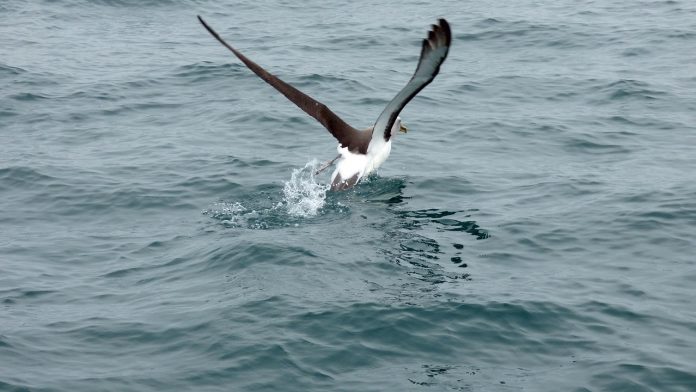You may have noticed that my USPS mailing address has changed from West Virginia to North Carolina. We relocated back in August, primarily to be closer to our three grandchildren, and all is well.
Last week, however, Hurricane Florence gave us quite a scare. Fortunately, we are 267 air miles from Wilmington, and we just picked up some rain and moderate winds.
It will be months, if not years until some areas recover; my heart aches for those who lost loved ones and all their worldly possessions. But those are topics covered capably by many other news sources.
When a natural disaster strikes, I’m always curious about its impact on nature. Timing is critical.
Hurricanes and birds
In mid-September, migrating birds are at great risk. But because birds fly and detect dropping barometric pressure as storms approach, they can often avoid severe weather by flying around it.
Florence moved particularly slowly, so I hope that many migrants avoided areas of torrential rain and hurricane winds.
One benefit for birders is that migrants sometimes get blown far off course after being caught in a storm. Hurricanes sweeping north through the Caribbean pick up seabirds such as petrels, shearwaters, boobies, terns, frigatebirds and albatrosses.
When the storm subsides, these birds fall out on large bodies of water in the mid-Atlantic and Great Lake states. Birders then flock to find these vagrants.
It’s one the best ways for birders to add exotic species to their life lists. Small songbirds usually do not fare so well.
Big, slow-moving storms can hold them over open ocean too long, and without a place to land, rest and feed, many simply die.
They get blown about by high winds and driven down by heavy rain.
Butterflies
And imagine the challenges faced by migrating monarch butterflies. Whether over land or water, they are at the mercy of the storm.
Even if they hunker down in dense vegetation, storms like Florence can simply soak them and drive them to the ground. It will be interesting to see how many make it to the mountains of central Mexico to overwinter.
And what about the myriad small mammals such as chipmunks and deer mice holed up in underground burrows? Eight-foot plus storm surges and 20-plus inches of rain in 24 hours are certainly death sentences.
• • •
Moving from a rural area in West Virginia to an apartment in suburban western North Carolina, has given me a fresh perspective on a frequent question I hear from readers — how do I start a feeding station at a new location?
Quite a few neighbors keep seed and nectar feeders well stocked, so I expected it would be relatively easy to attract at least a few feeder birds. I was wrong.
Feeders
After four weeks, I still have not seen a single bird on my seed feeders. I see and hear goldfinches, house finches, chickadees and blue jays nearby, but none has yet deigned to visit.
Scattered trees and small shrubs near the buildings give the area a wide open feel, so I think seed eaters feel safer visiting familiar feeders.
When temperatures drop in October and November, I’m confident I can get seed eaters to stop by. I’ll supplement the menu with sunflower kernels, peanuts and mealworms to make my little feeding station irresistible.
Until then, I’ll enjoy the ruby-throated hummingbirds. I hung one nectar feeder on Labor Day and had my first visitor 24 hours later.
Since then, I’ve seen at least one hummer every day. Most have been adult females and juveniles, and so far I’ve counted two red-throated adult males.
There’s no way to be certain, but I suspect all the hummers I’ve seen are migrants, and I’ll bet they turn over every day.
I’m sure I’ll be seeing hummers for at least another month. Next time you move and want to attract birds, hang up some feeders and be patient. Offer food, and they will come … eventually.
Breaking news: As I write this at 7 p.m. Sept. 17, a 4-inch praying mantis has moved onto the window screen just 18 inches from the nectar feeder. The naive juvenile hummer is oblivious, and so far, lucky.













